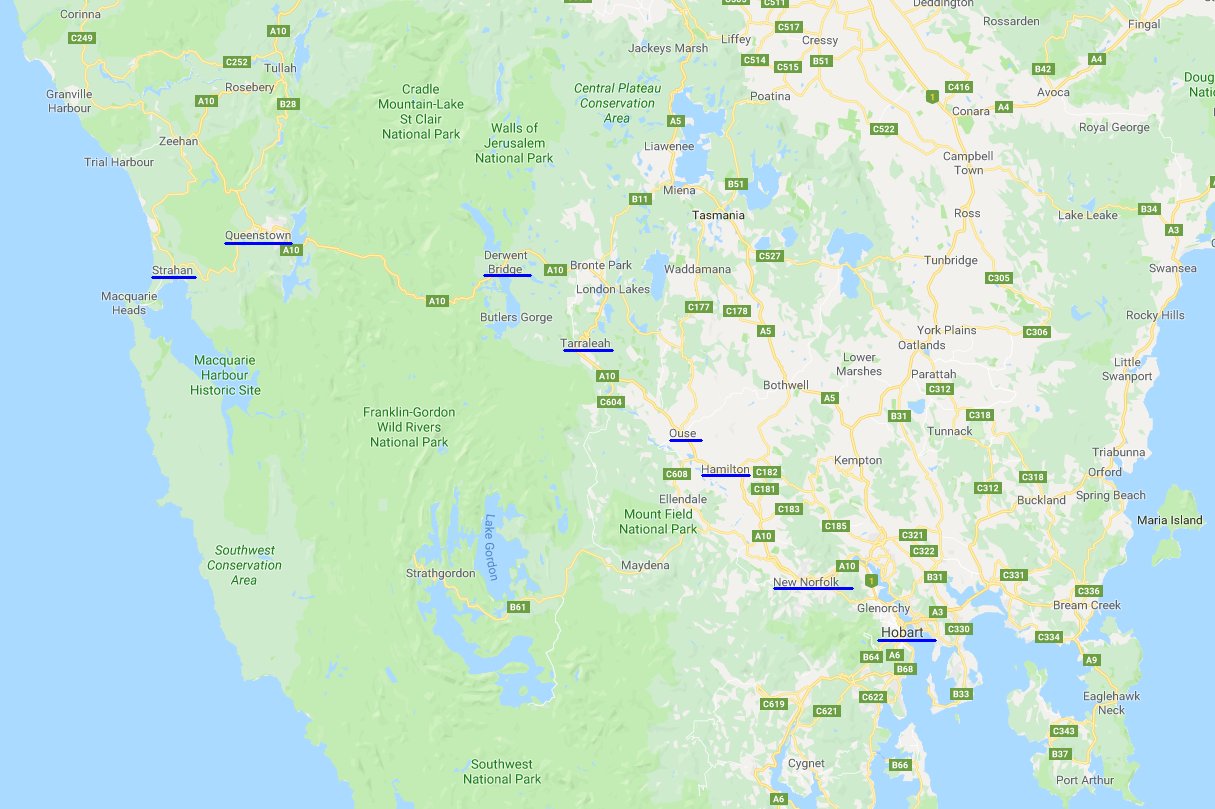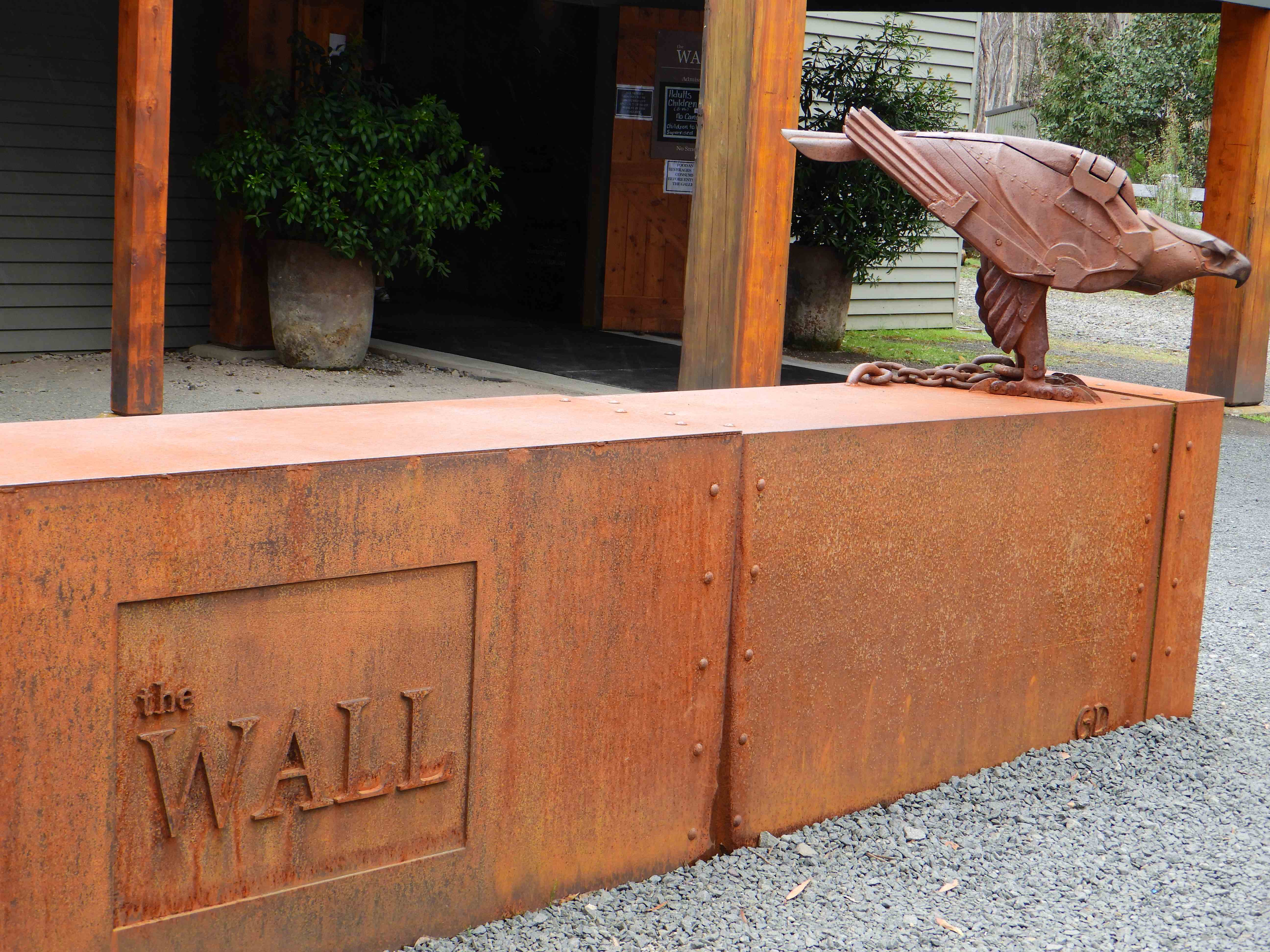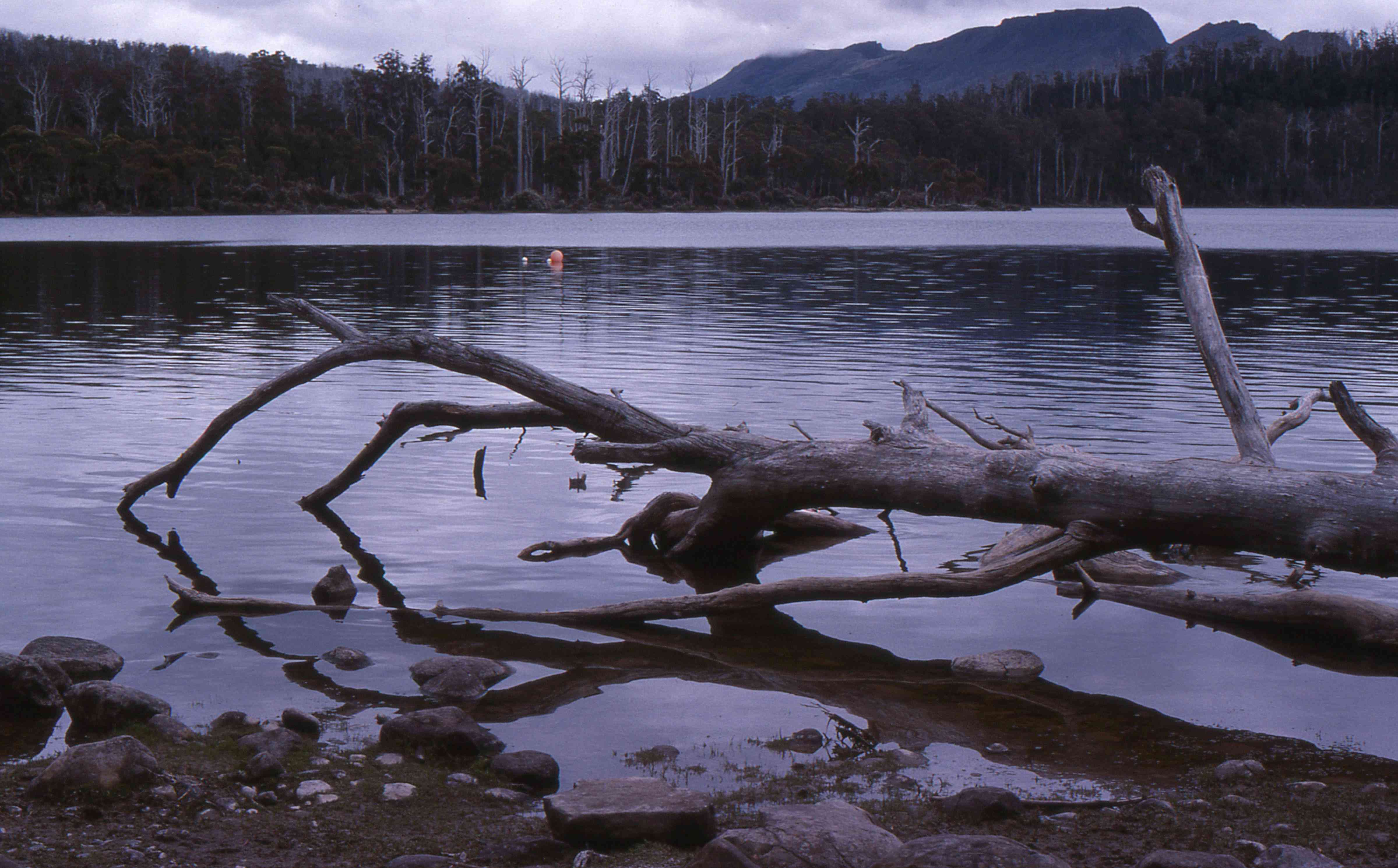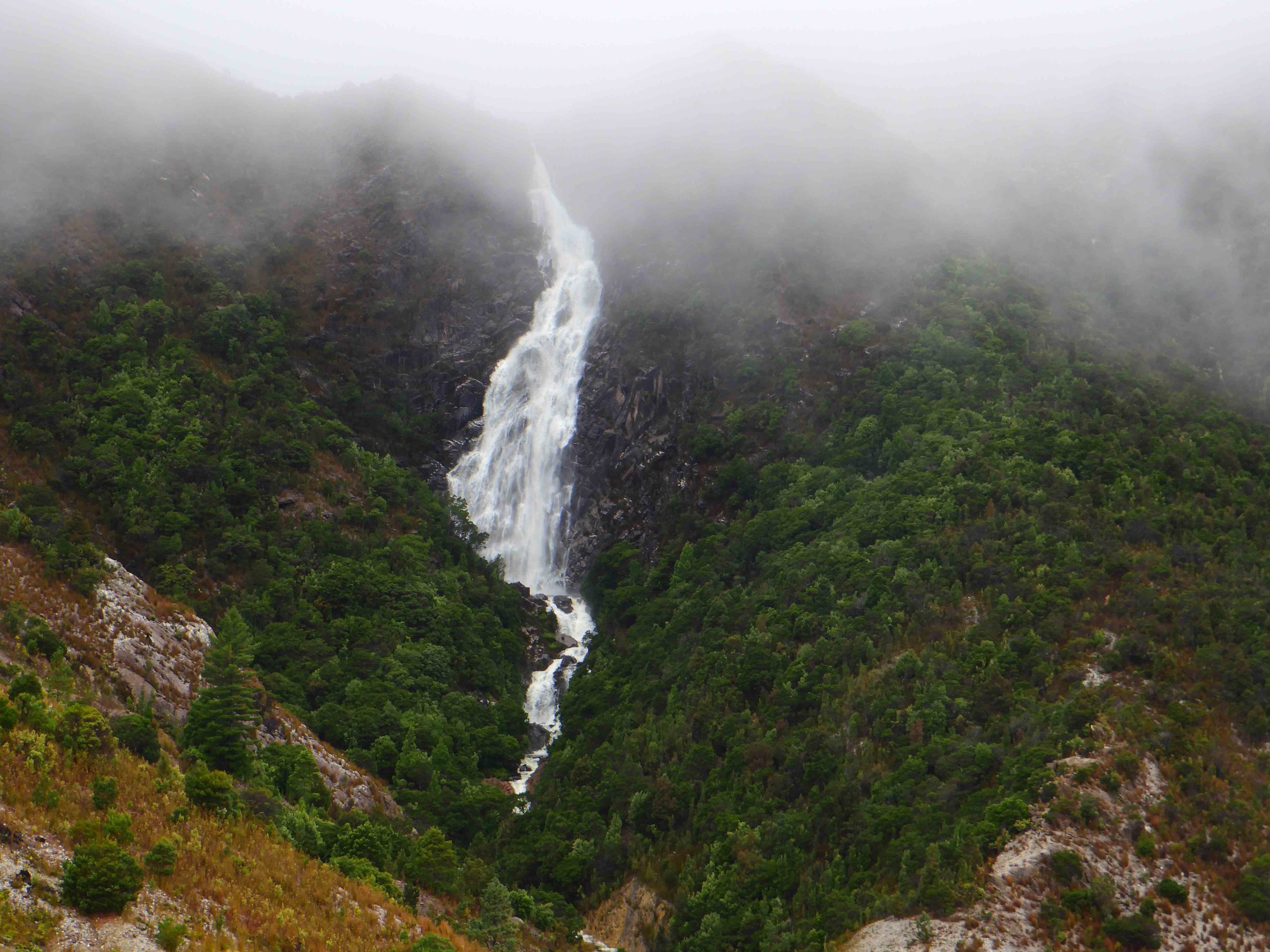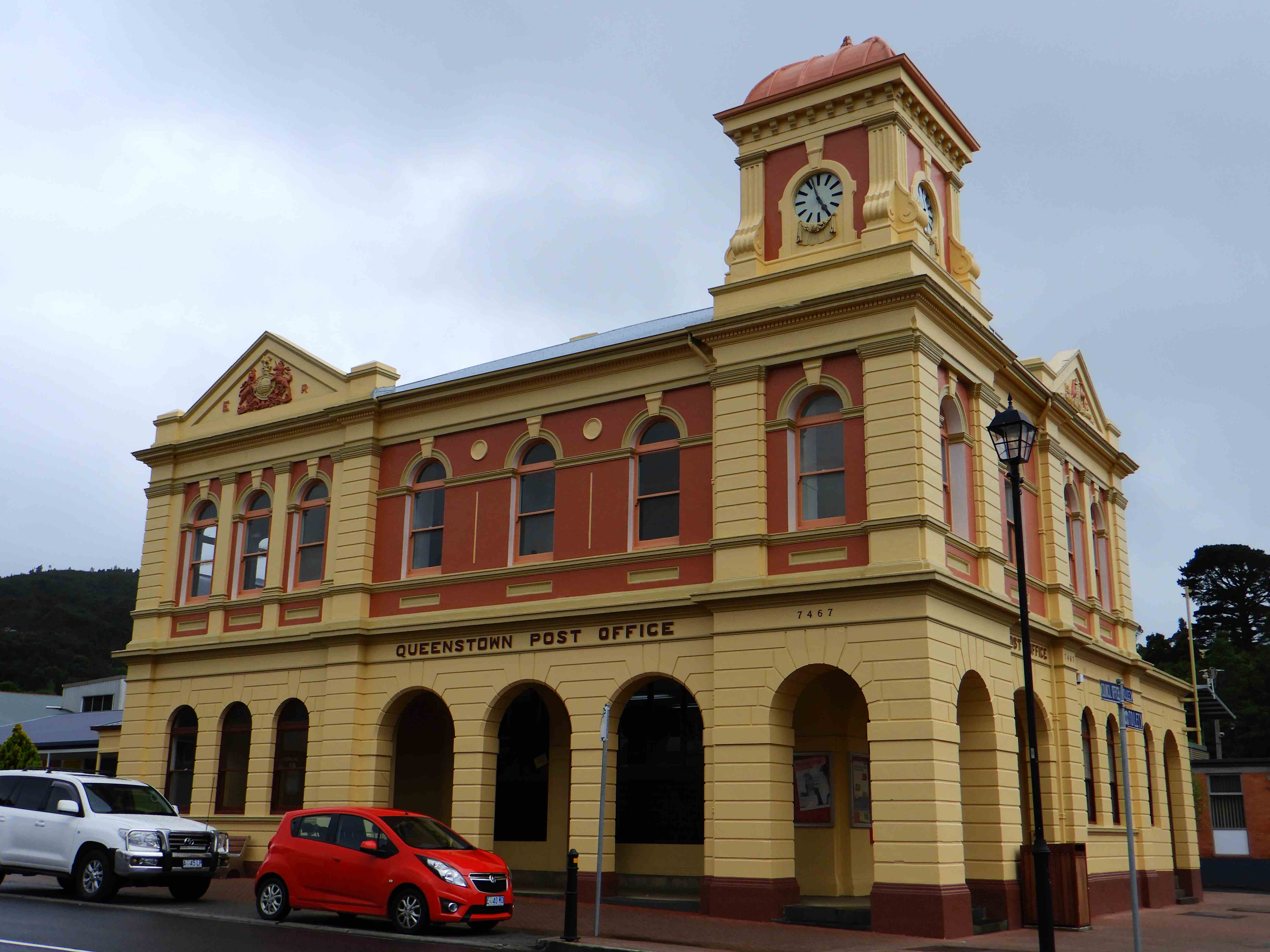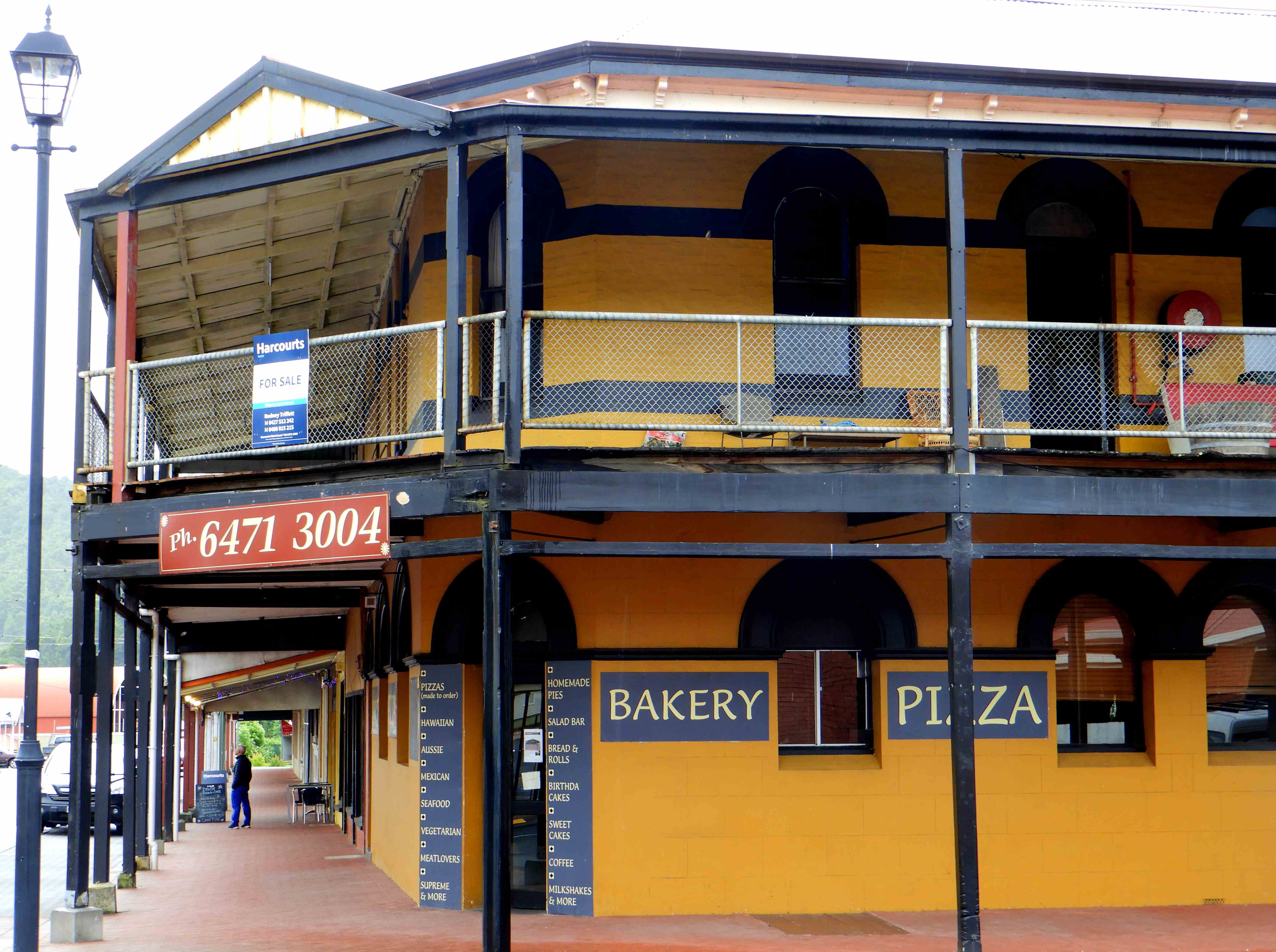This post continues from Hobart 2018.
Visitors to Tasmania often make the mistake of thinking that they can whizz around the state in a few days; they soon find they are on the road for much longer than they anticipated. There are various reasons: Tasmania is a large island – bigger than Sri Lanka; it is quite densely populated so you will frequently slow down as you come across towns, villages and hamlets; the roads can be narrow and windy; and there is a lot to stop and see on the way. A typical example is the drive from Hobart to Strahan – allow five hours minimum with just a brief stop, allow ten hours if you want to look around on the way. In December it took us that long and we still didn’t do all the sightseeing we wanted to do. Stopping overnight half way is worth considering.
There are several interesting locations and settlements along the route, some with accommodation and good food outlets for takeaway or quick meals. We concentrate on just three.
Tarraleah is a former Tasmanian Hydro Electricity Commission town dating from the 1930s. It is in the midst of a region of engineering feats achieved under harsh conditions and with significant contributions from European migrants. The region is the inspiration of several significant novels.
The township now operates as a resort, with accommodation in individual cottages for those interested in the numerous outdoor activities on offer. The cafe there serves good coffee and more than acceptable snacks and meals.
Not far away is Derwent Bridge with The Wall, a remarkable art project of Huon pine carvings. The second photo is from the Discover Tasmania website. The complex has a very good cafe, serving Tassie wine.
Not far off the main road is Lake St Clair, a base for walks in the southern part of the world famous Cradle Mountain – Lake St Clair National Park. The lodge has an impressive cafe from where you can look out over Australia’s deepest lake. The second photo was taken in 1988!
The next major stop is Queenstown, but there are some wonderful forest walks that can be done on route.
The drive westwards into Queenstown takes you through the formerly totally denuded hills. Once considered one of Australia’s greatest environmental disasters, one wonders whether it would have been more interesting and educational to have left them totally unvegetated, as they were when the Mt Lyell mine was in full operation. The first photo was taken in 1988, the second in 1996 and the third in 2018.
Queenstown is – without meaning it in a disrespectful way – a museum township. It has so much pioneering, mining, industrial and environmental history and building reminders of a once flourishing centre. You won’t find gourmet food outlets, but you will find a town centre and region just waiting to be developed as a fascinating tourist destination.
Our next blog post is about our three days in Strahan.


